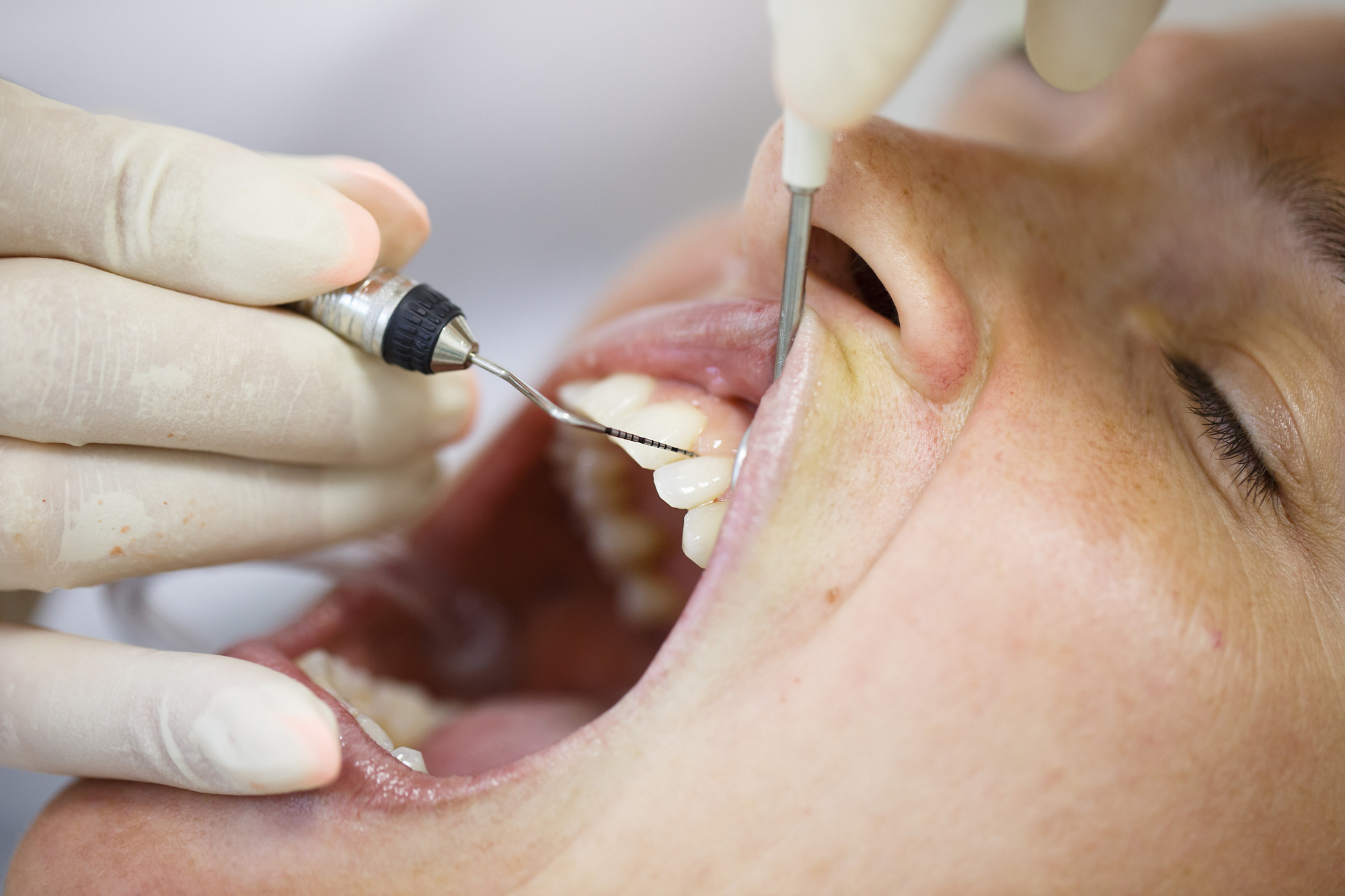A Complete Guide to Laser Gum Therapy

Did you know that more than 47% of people over the age of thirty have some form of gum disease? Gum disease is no laughing matter, especially since it can progress to periodontitis, a more serious condition, as well as tooth loss. There are many ways to prevent gum disease, but what should you do if you are already suffering from the condition?
Luckily, there are several treatment options available, including laser gum therapy. You might be wondering what laser gum therapy is, what it does, and how it works. Luckily, you’ve clicked on the right article to have all your questions answered.
To start off our discussion, let’s take a closer look at what laser gum therapy such as LANAP is exactly.
What Is Laser Gum Therapy?
Laser gum therapy is usually recommended for those that have a serious form of gum disease. However, this laser therapy can also treat other dental issues such as a gummy smile and other periodontic issues. While gum disease may utilize other types of surgery that don’t include lasers, laser therapy is becoming more and more popular because of its safety and convenience.
However, when looking for laser treatment for gum disease, always make sure you choose a periodontist trained in laser gum therapy. This way, you can be certain you will get the best results.
The lasers used for laser gum therapy work by changing the energy state in certain atoms. A laser can change a “relaxed” or grounded atom into an “excited” atom. When an atom is excited, it can produce a high amount of energy.
The name for this energy is spontaneous emission. As the laser continues to work, it can bring excited atoms back to their ground or resting state. When this happens, the energy that is generated from this shift in states will result in a released photon or light particle. We see photons as visible light.
As a laser works, atoms shift from resting to excited states at a very fast rate, creating enough energy and heat to be used as a surgical tool. In fact, the energy generated by a laser is so precise and intense that a laser can often cut tissue as well as a scalpel. However, a laser may be more beneficial than a scalpel because, as it cuts, it can also sterilize the area and prevent infection by killing any surrounding bacteria.
What to Expect From Laser Gum Therapy
If you have never received gum disease treatment via laser gum therapy before, it may sound a bit intimidating. However, if you ignore your treatment options for gum disease, your condition could worsen and result in tooth loss and the need for dental implants. You will find below that laser gum therapy is not as threatening as it sounds.
The laser needed for the procedure is only slightly thicker than a human hair. A comforting thing to keep in mind is that the laser removes only diseased gums. Even if you do not have very much diseased tissue, the laser will only remove inflamed gums and will leave your healthy gums untouched.
The dentist will aim the laser at the periodontal pocket. The periodontal pocket is the space between your teeth and your gums. These pockets are often the sight of infection and inflammation because of how easily bacteria can get caught inside, especially if you ignore regular dental hygiene practices.
Once the laser removes diseased tissue from the periodontal pockets, the dentist will move on to clean your teeth with different tools. At this point, any tartar built up over your teeth will be removed. By doing this, your dentist can access periodontal pockets more easily.
After the tartar is removed, the laser will be necessary again to clear out any debris leftover from the tartar. The laser will also help blood clots to form around the incised areas. This is beneficial as it will reduce or remove the need to use stitches.
This entire procedure can take anywhere from one to two hours. You may need to have this procedure done several times to remove all the diseased tissue.
The Risks of Laser Gum Therapy
As with any treatment, there can sometimes be risks associated with laser gum therapy. It is important to note, however, that these risks are usually far less serious than the risks associated with advanced gum disease. Also, as long as the laser gum therapy is conducted in a professional manner, there may be no risks or side effects at all.
If you choose a dentist that is not well trained in laser gum therapy, you are more likely to experience complications. For example, if your dentist sets the intensity of the laser too high, this could increase the risk of your gums becoming scarred. Even if your gums are not scarred, the heat of the laser could leave the color of your gums changed.
Infection is not a common risk associated with laser gum therapy since it sterilizes as it works; however, an infection can still happen. It is important to contact your dentist at once if you notice any signs of an infection. The most common signs include pain and swelling in the treated area as well as a fever.
A few minor side effects of laser gum therapy include light bleeding and swelling.
Your Guide to Laser Gum Therapy
By the end of this article, you now know all about what laser gum therapy is, how it works, and what it does. With this information, you can better decide whether laser gum therapy is the right treatment option for you.
To learn more, contact us here.


